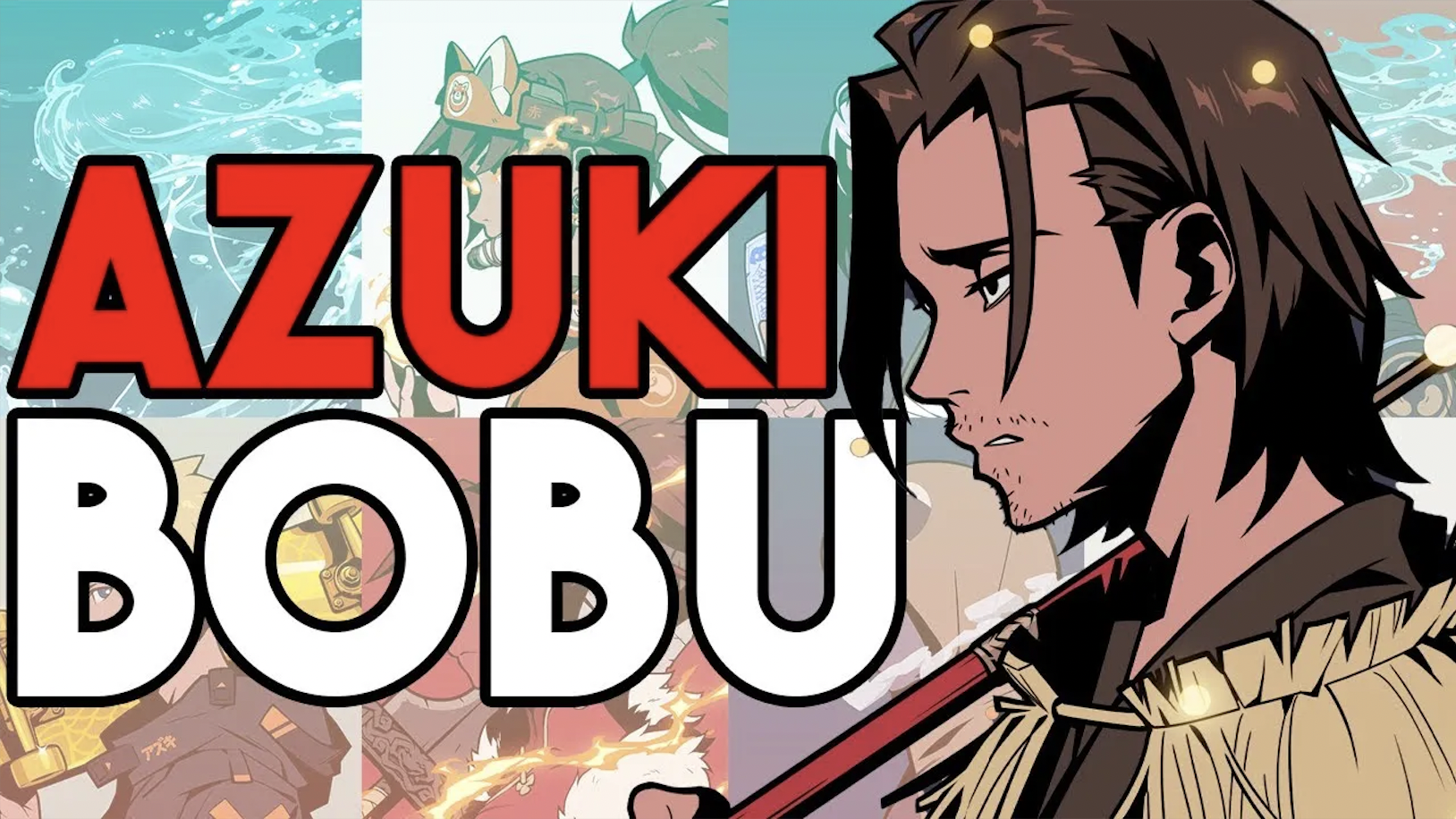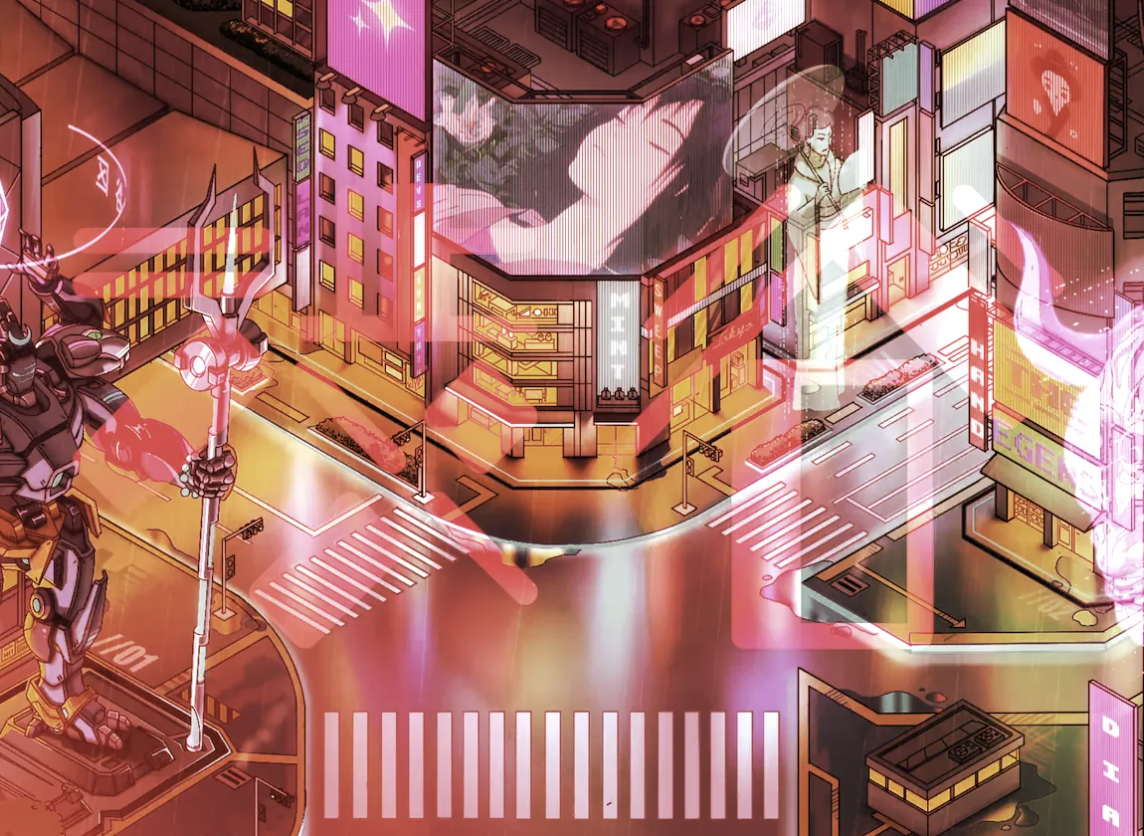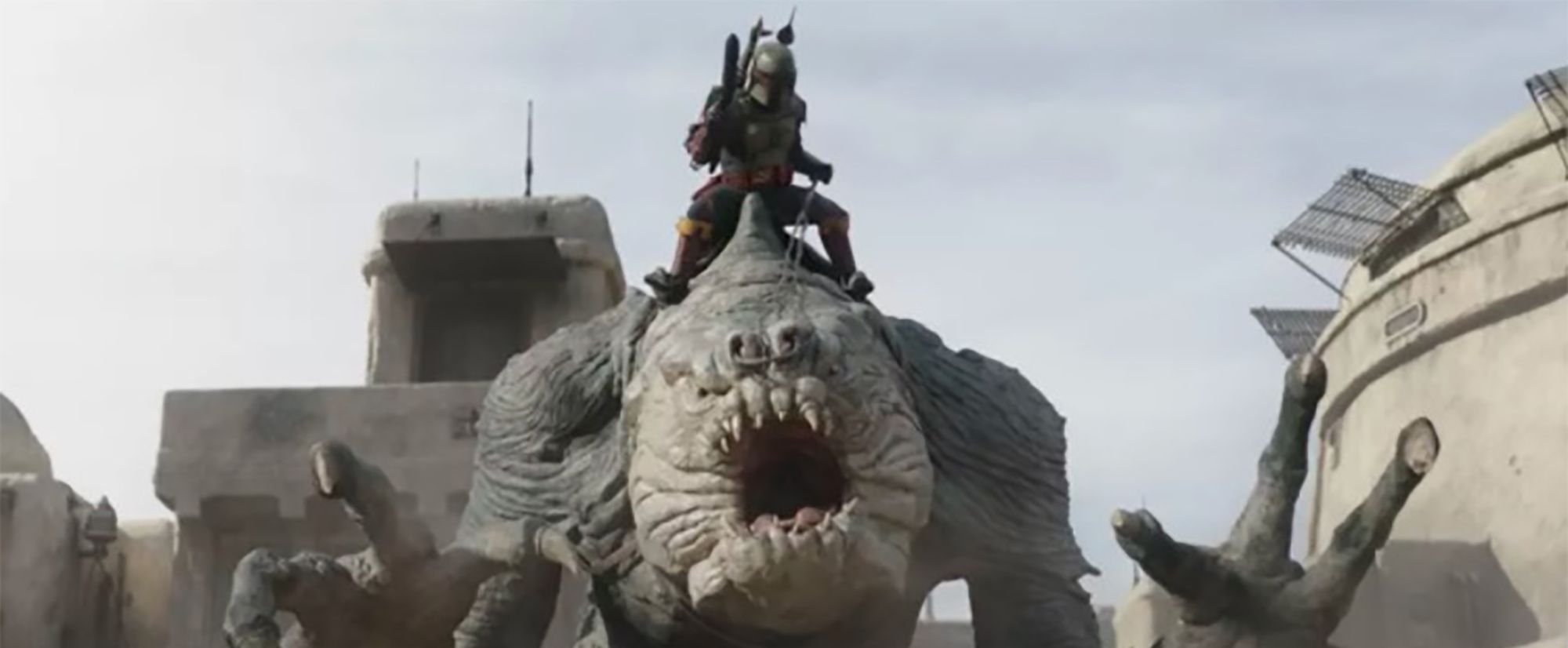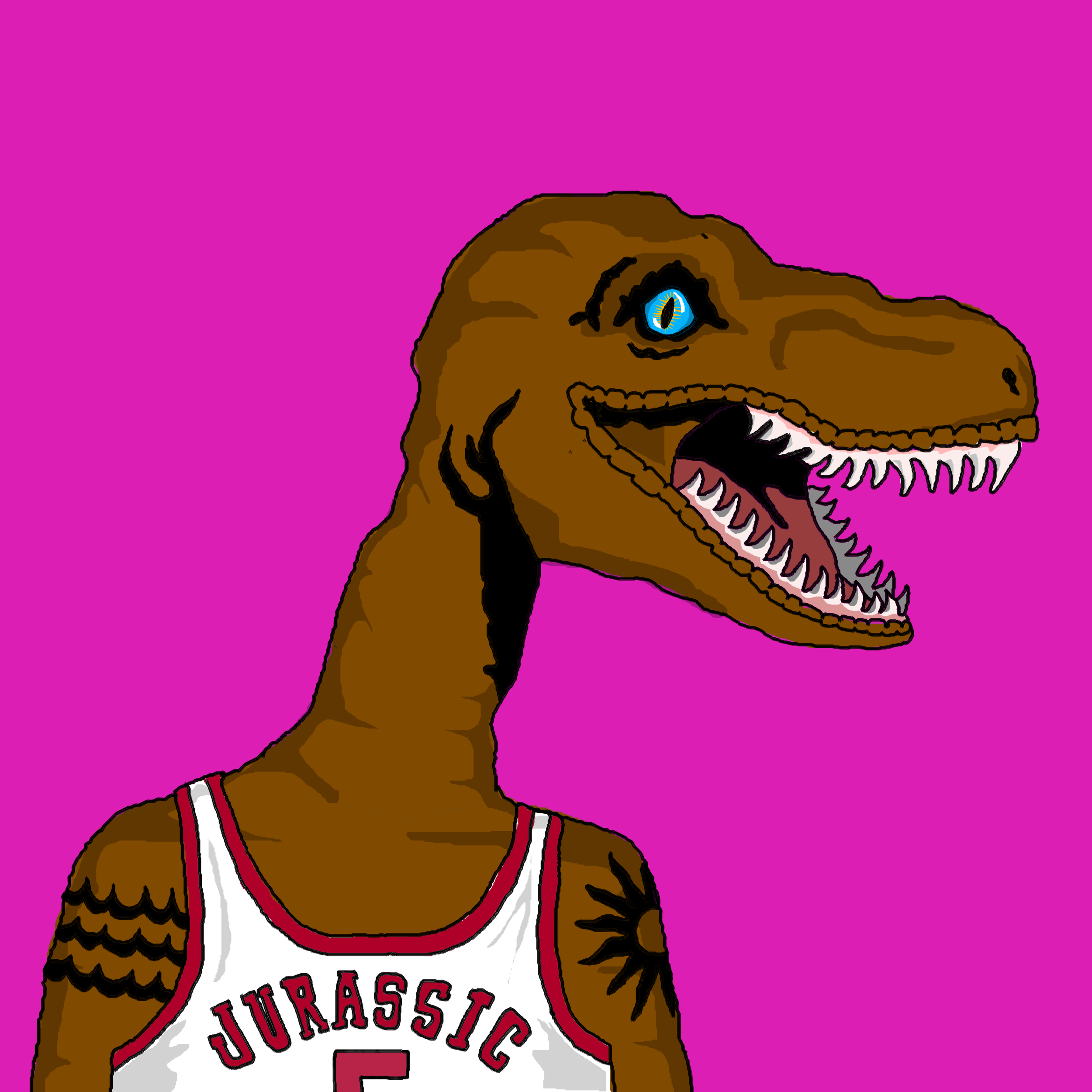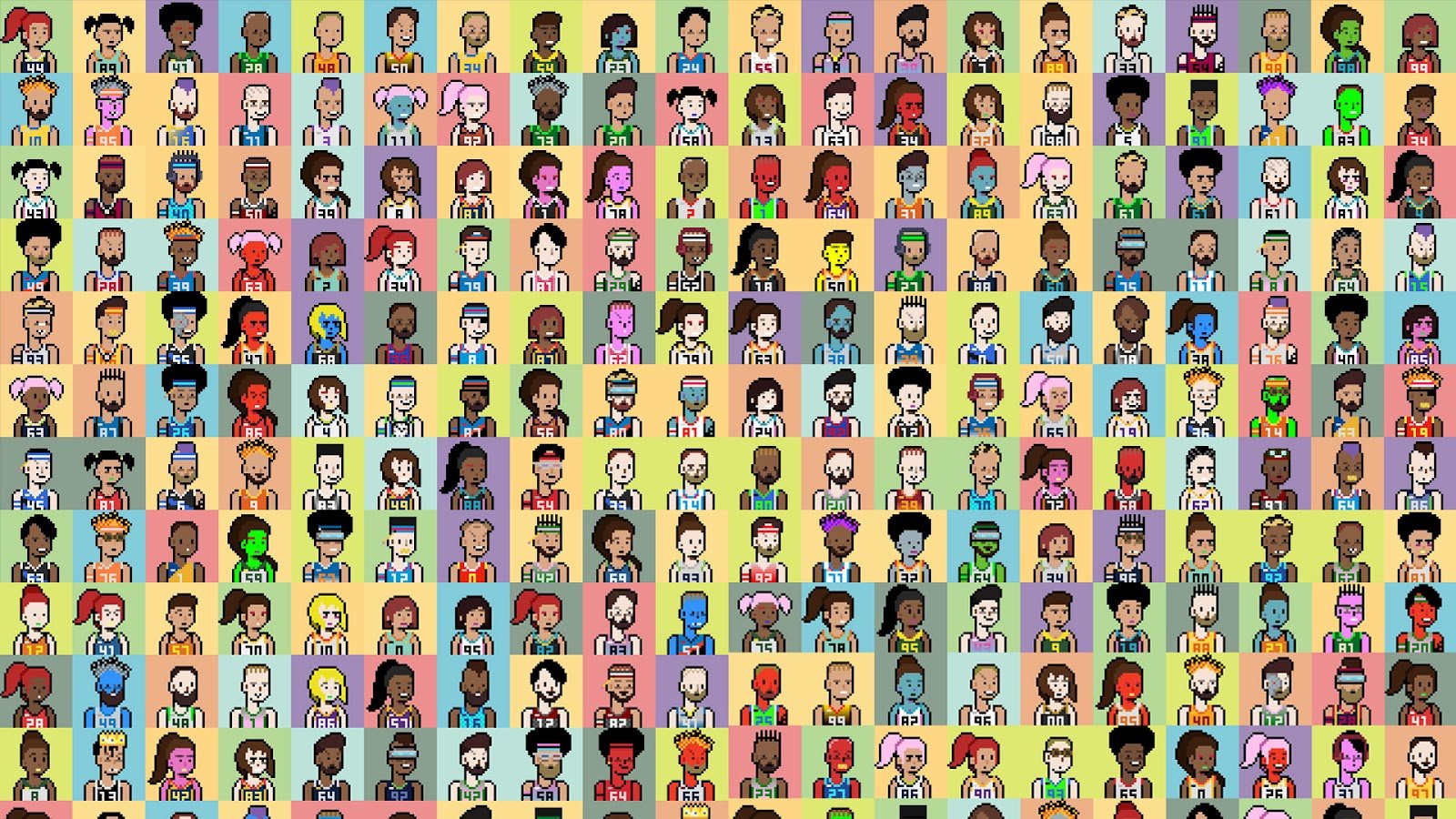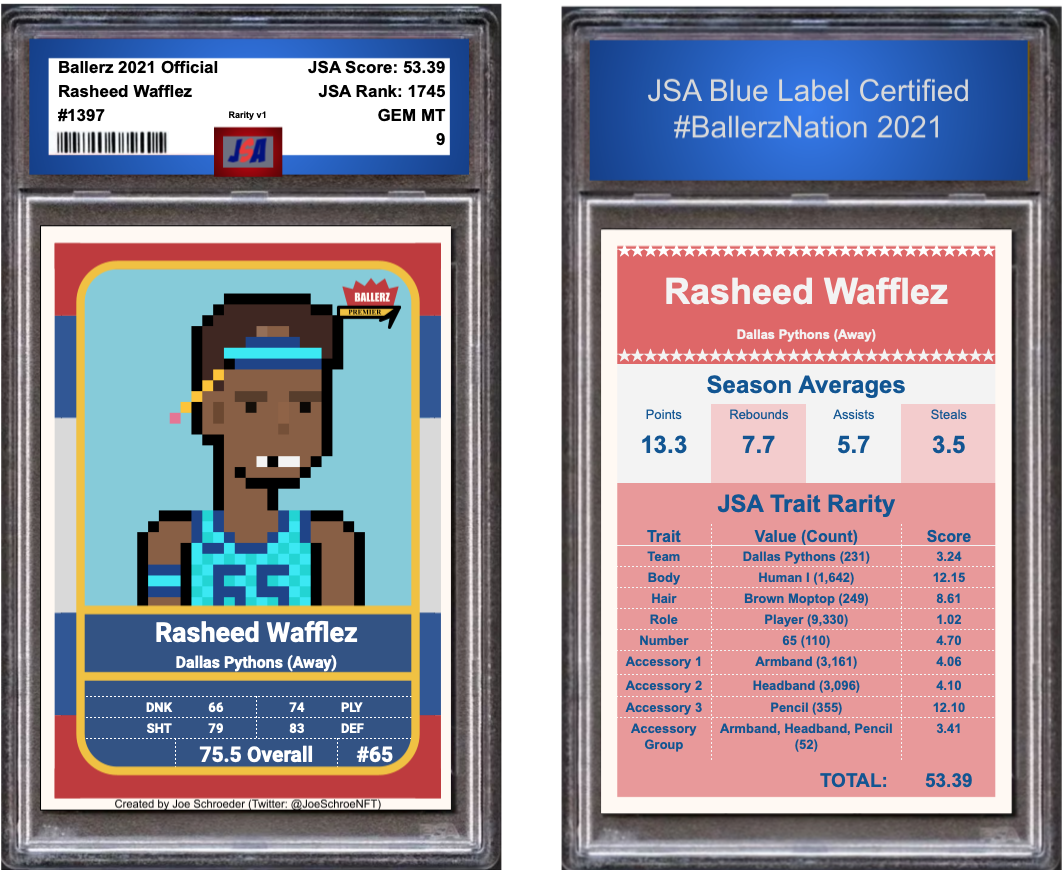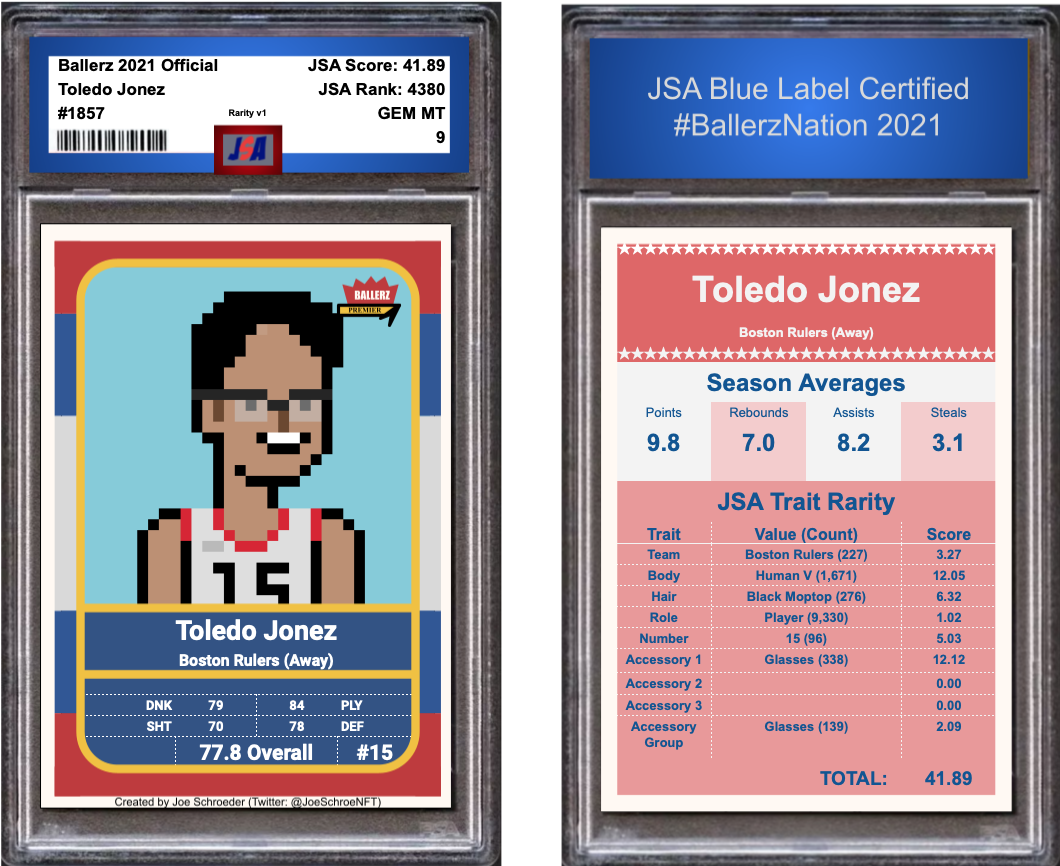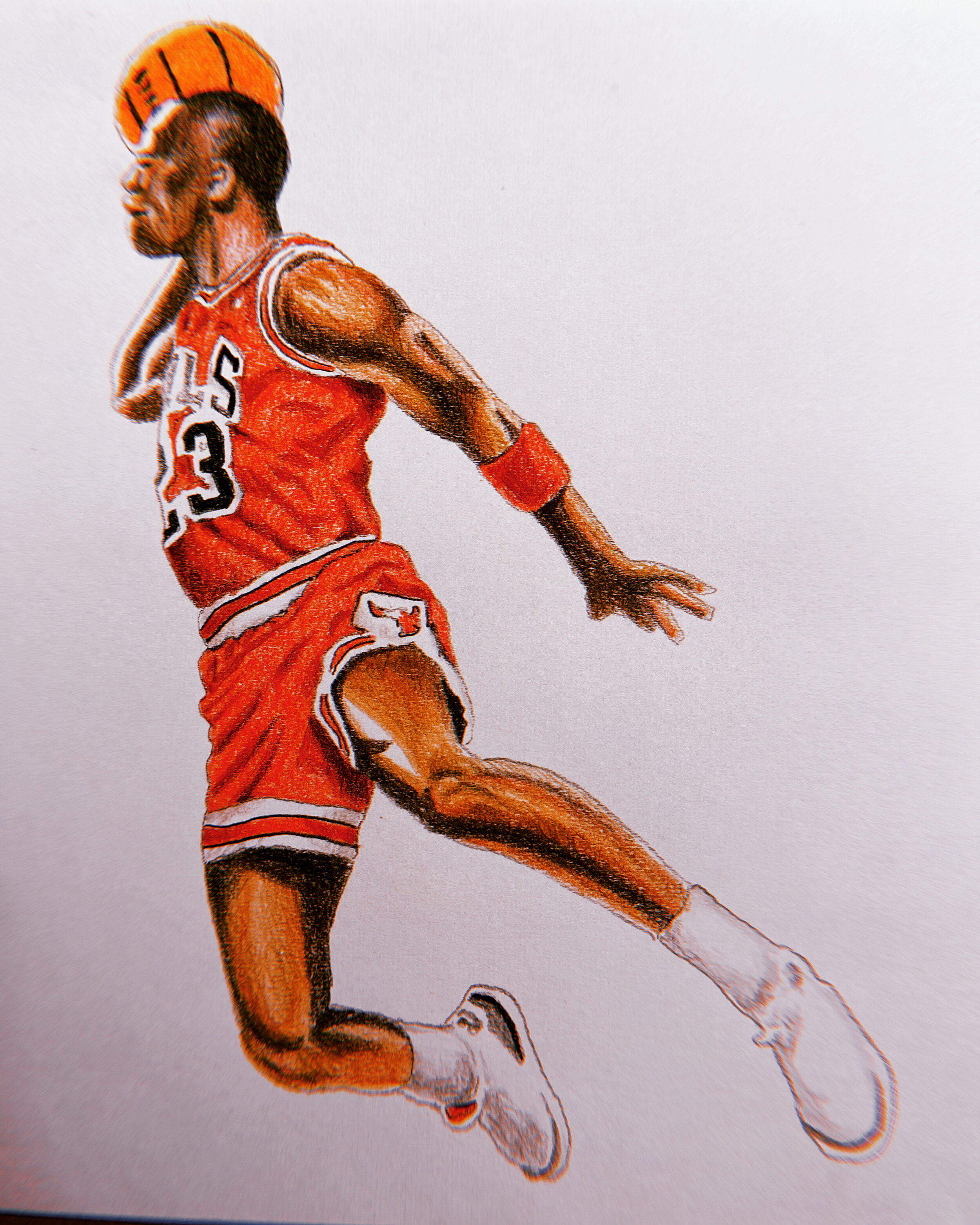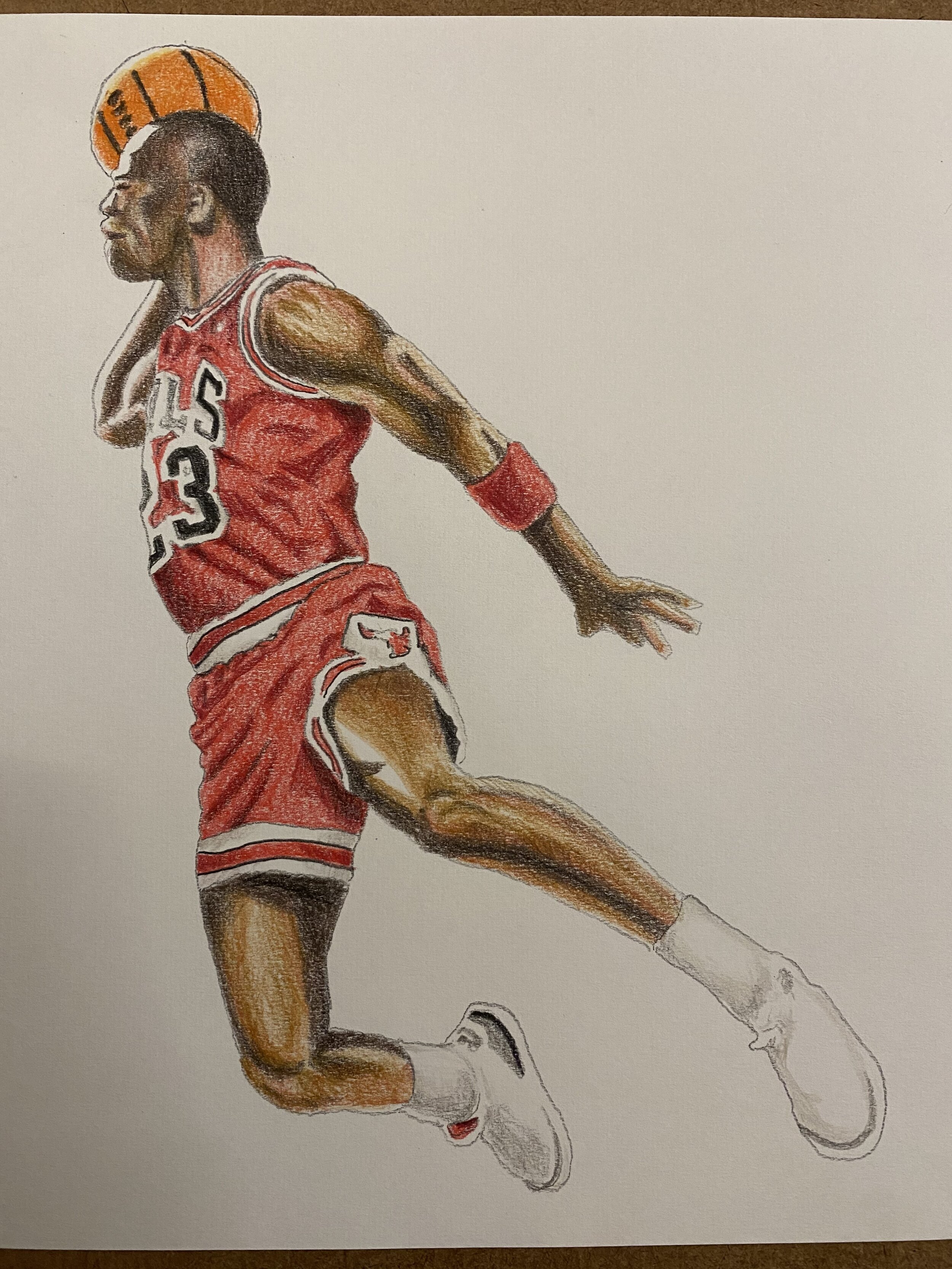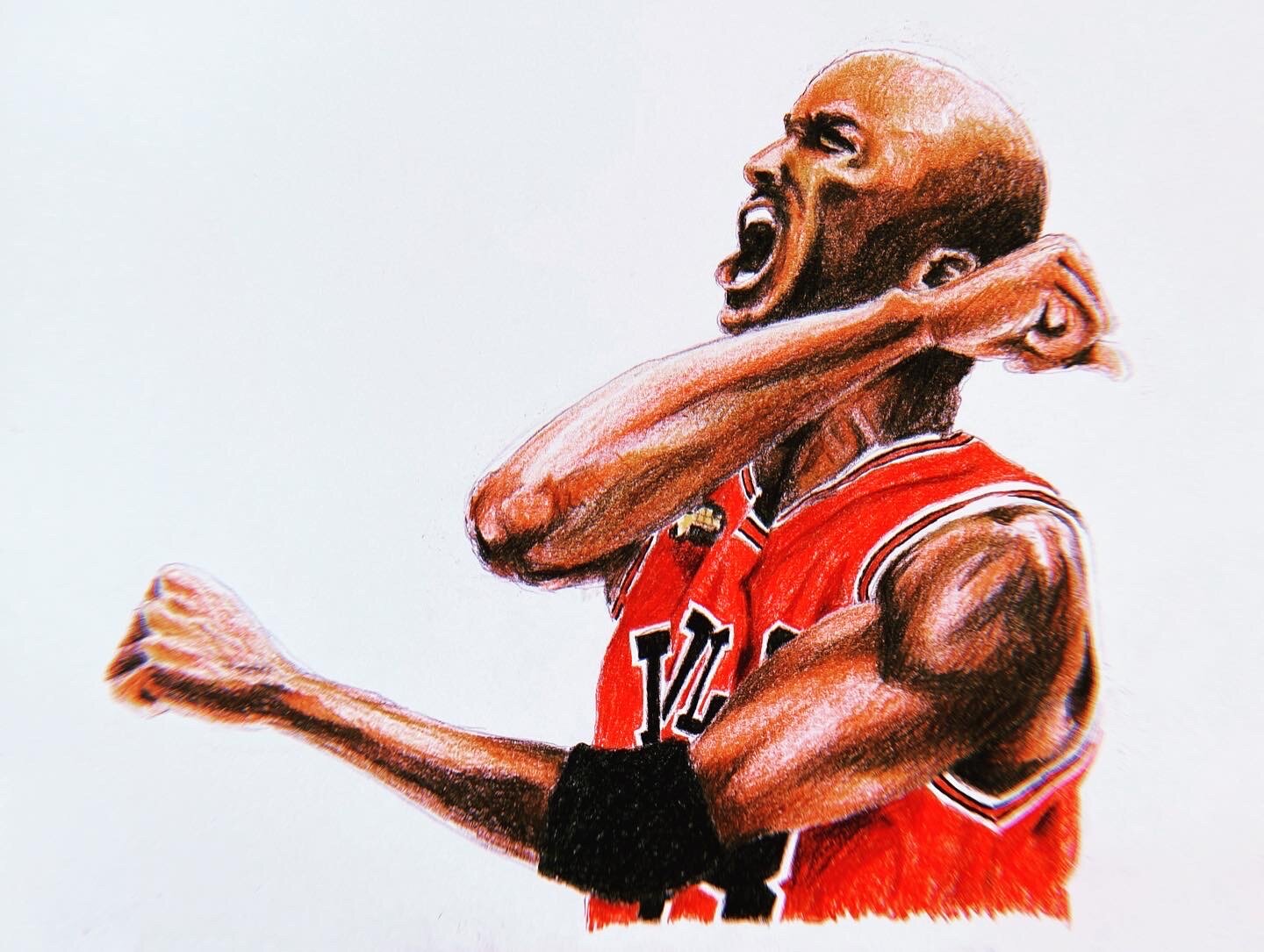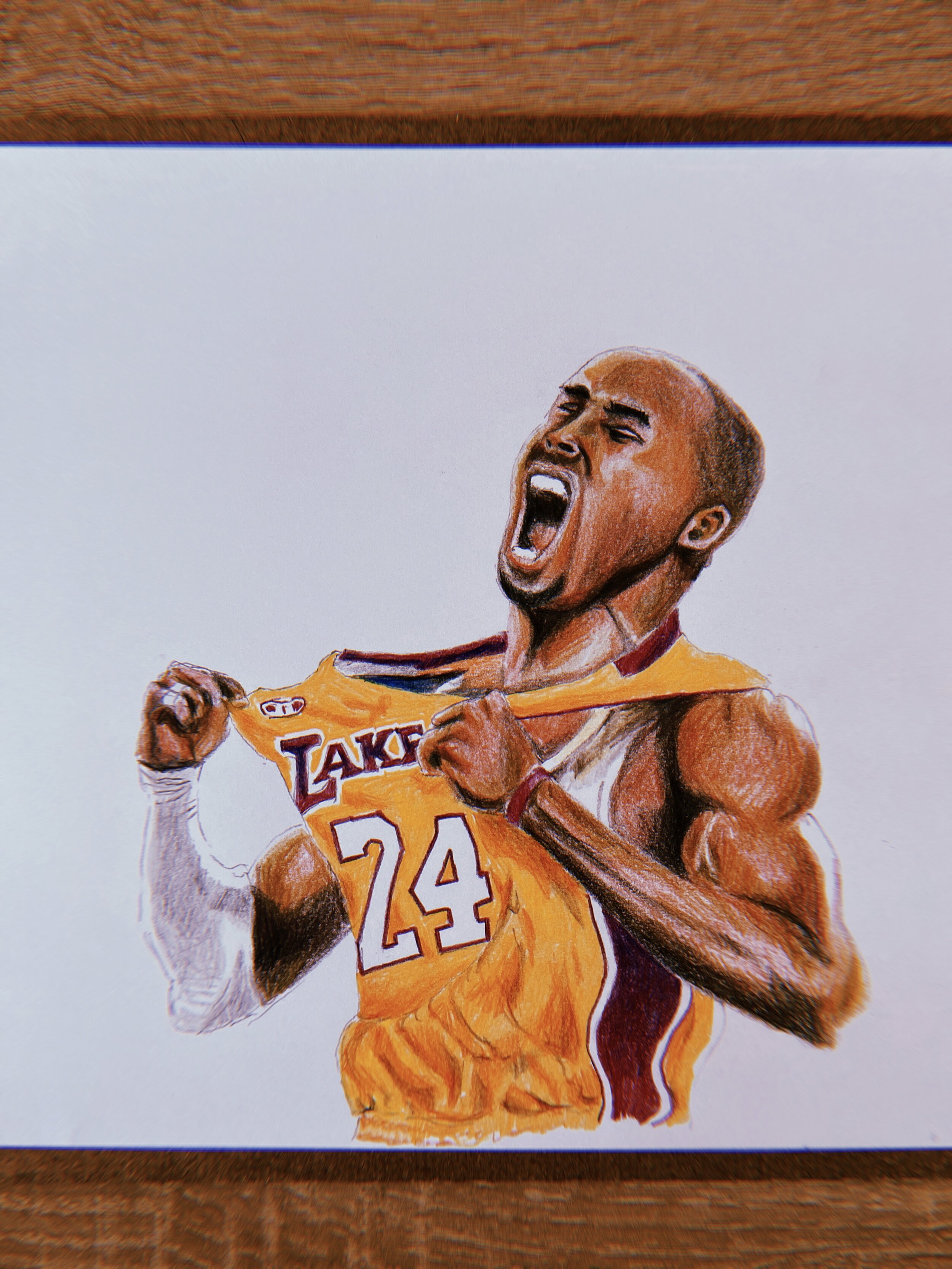Star Wars always gets you with the music. I remember when I saw the trailer for Episode 1 back in the day. It came after a lengthy dry spell for the franchise, when there was no guarantee that Star Wars live action films would ever come back. Of course we got an entire prequel trilogy. Then Disney bought the franchise and they've been pumping out content around the clock.
But when I first saw the trailer for Episode 1, I was mesmerized by the flashes of imagery set against John Williams' masterful themes both old and new. It felt instantly Star Warsian, and the effects on screen looked fresh and modern. This was going to be Star Wars for the modern era. Of course, the prequels came out and were initially criticized, but nothing can take away the power of that original trailer. Star Wars, as one of our "forever franchises", exists largely in our own minds as fans. The head canon is strong in the Star Wars community. That's why you see the crazy blowback around Luke Skywalker's character arc or the decision to include a certain plot point of not. Fans are over invested in the franchise, and take the unfolding stories on an insanely personal level.
Star Wars marches back again with the May 2022 arrival of Obi-Wan Kenobi on Disney Plus. Ewan McGregor is back as the titular Obi-Wan, who was universally revered as a bright spot in the otherwise tepidly received prequels. What's more, is he is joined by Hayden Christensen, who played Anakin Skywalker slash Darth Vader alongside McGregor's Obi-Wan in those prequels. It's a match made in revisionist Star Wars heaven.
The first trailer delivered the feels with the John Williams' score and fresh scenes of McGregor as Obi-Wan. It also showed a diversity of landscapes beyond the well-trodden Tatooine. We saw some Blade Runner-esque urban environments. They showed some new intimidating red lightsaber users who packed a menace in their appearance and how they delivered their lines. We even see a cameo from a young Luke Skywalker appearing around 7 years old. Aside from a touch of breathing, Vader and Anakin Skywalker have been held out. The central question and tease remains, what will the nature of Obi-Wan and Vader's relationship be. And will we see the two former friends appearing in the same time and place together? Or will they merely be communing aka "Force Zooming" as we've seen possible in recent Star Wars offerings. The trailer does what it is supposed to do, by giving hungry fans their first new visuals and vibes from the upcoming series. It remains the details and plot points well out of sight for now. More to come.
While recent Disney Star Wars offerings have operated at the periphery of the franchise's galaxy, minting new heroes (The Mandalorian) and glorifying fan hyped background characters (Boba Fett), Obi-Wan Kenobi boldly dives right into the center of Star Wars as we've always known it. We're picking up the pieces directly adjacent to the universally beloved original film that established the beloved franchise and immediately sent it into hyperspace.
The plot points in Obi-Wan will not be mere footnotes or side curiosities for the overly invested. The character decisions and story here will have direct implications for how we view the original films. They have the chance to fill in things that we have always assumed, and perhaps boldly challenge what we thought we knew by showing events from a "different point of view."
The latter is where my new hopes lie for the franchise. I would love for this series to show us more than what we expect and have envisioned for over forty years. It's got to be about more than Obi-Wan meditating in the sands of Tatooine. It's got to be about more than Darth Vader in a Rogue One rampage, simply being one dimension and bad ass wielding his iconic red lightsaber.
The show creators have a chance to fundamentally reshape how we view the original films. This is an exciting and terrifying proposition. You doubt that Disney would let them take too much of a risk, and would rather they simply pull out their action figures and dole out a healthy amount of fan service.
But what if they did something radical?
Here's what I would love to see:
I'd love to see Obi-Wan reshape Darth Vader's narrative. I've always thought that Darth Vader was not the one-dimensional terror we've become accustomed to. I always saw The Empire Strikes Back as not a blood thirsty tyrant looking to kill Luke Skywalker. I saw Vader on a hellbent mission to reach his son Luke before the Emperor could destroy him. I saw Vader as the protagonist who was carefully toeing the Empire's political lines, so that he could essentially serve as a double agent to track down and save his son from the world of hurt that he had caused.
With that head canon in place, I think it would be incredible if we learned that Obi-Wan and Vader/Anakin Skywalker had formed a secret alliance. That Vader vowed to protect the secret of his son from the Emperor, and that Obi-Wan agreed to be Luke's bodyguard, in the trenches of Tatooine. All until a future time when Vader could figure out how to get the monkey of the Emperor off of his back and rejoin Obi-Wan and his son.
In this light, perhaps the whole theater of the lightsaber duel on the Death Star was simply to keep up the illusion of Vader hating Obi-Wan. When in truth, it was the only way to protect Vader's mission and buy him more time to connect with his son.
There is also something fascinating that could be done with playing on a split personality of Vader and Anakin. It's not impossible to think that Vader had moments after being confined in his black suit, when he partially or fully returned to being Anakin Skywalker. It's also possible that he spoke to Obi-Wan, in person or through the Force in this state of being Anakin. Here is where things could get really interesting. Perhaps Obi-Wan will try to fully return Vader to the light side, with varying degrees of success. Maybe within this show, we will see the seeds of Vader's ultimate return to the light.
After all "Obi-Wan once thought as you do," Vader famously said to Luke in Return of the Jedi. Maybe Vader himself also felt a vulnerability to returning to the light. Consider how terrifying it would be if the Emperor realized that you were considering switching sides? It's a dark secret and vulnerability that could serve as the central dramatic tension not only for the series, but it could fundamentally reframe how we see the characters and events in the original films.
Star Wars has made its name and cultural sticking power based around shocking plot twists and character reveals. What would be more galaxy shaking than finding out that the big baddie we've always feared, actually was the central protagonist of the franchise all along?
Come May 2022, we'll see if the creators have managed to take any big swings with the material, or if the powers that oversee the franchise have cajoled them into maintaining the status quo.
I'm rooting for a disturbance in the Force...


